Broken fist. Broken Hand: Comprehensive Guide to Symptoms, Causes, and Treatment Options
What are the symptoms of a broken hand. How is a broken hand diagnosed. What treatment options are available for a broken hand. How long does recovery from a broken hand typically take. What complications can arise from a broken hand. How can you prevent hand fractures. What is the long-term outlook for patients with broken hands.
Understanding Hand Anatomy and Types of Hand Fractures
The human hand is a complex structure comprised of 27 bones, including those in the wrist. This intricate framework supports the muscles that enable wrist and finger movement. When one or more of these bones break, it can significantly impair hand function.
Hand fractures can be categorized into several types:
- Stable fracture: The bone pieces remain aligned
- Unstable fracture: Bone fragments have shifted
- Comminuted fracture: The bone is shattered into multiple pieces
- Open (compound) fracture: A bone fragment pierces the skin, increasing infection risk
Understanding the specific type of fracture is crucial for determining the appropriate treatment approach.

Key Components of Hand Anatomy
To better comprehend hand fractures, it’s essential to familiarize yourself with the main anatomical components:
- Carpals: 8 bones in the wrist
- Metacarpals: 5 bones forming the palm
- Phalanges: 14 small bones comprising the thumb (2) and fingers (3 each)
- MCP joints: Metacarpophalangeal joints, or knuckles
- PIP joints: Proximal interphalangeal joints in the fingers
- DIP joints: Distal interphalangeal joints near the fingertips
Recognizing the Symptoms of a Broken Hand
Identifying a broken hand promptly is crucial for proper treatment and recovery. Common symptoms include:
- Pain and stiffness
- Difficulty moving the hand, wrist, or fingers
- Swelling and bruising
- Numbness or tingling sensations
- Visible deformities (e.g., crooked finger)
- Weakness in grip strength
- Reduced range of motion
How can you differentiate between a broken hand and a sprain? While both conditions may present similar symptoms, a fracture typically causes more intense pain, especially when attempting to move the affected area. Additionally, visible deformities are more likely to occur with fractures.

Common Causes and Risk Factors for Hand Fractures
Hand fractures can occur due to various circumstances, with some individuals being more susceptible than others. Common causes include:
- Direct blows to the hand
- Falls onto an outstretched hand
- Sports-related injuries
- Workplace accidents
- Motor vehicle collisions
Certain factors may increase the risk of experiencing a hand fracture:
- Osteoporosis or other bone-weakening conditions
- Participation in high-impact sports
- Occupations involving manual labor or machinery
- Age-related decline in bone density
What steps can be taken to minimize the risk of hand fractures? Implementing safety measures such as wearing protective gear during sports activities, maintaining bone health through proper nutrition and exercise, and using caution in potentially hazardous work environments can help reduce the likelihood of hand injuries.
Diagnostic Procedures for Confirming a Broken Hand
Accurate diagnosis is essential for developing an effective treatment plan. Medical professionals typically employ the following diagnostic methods:
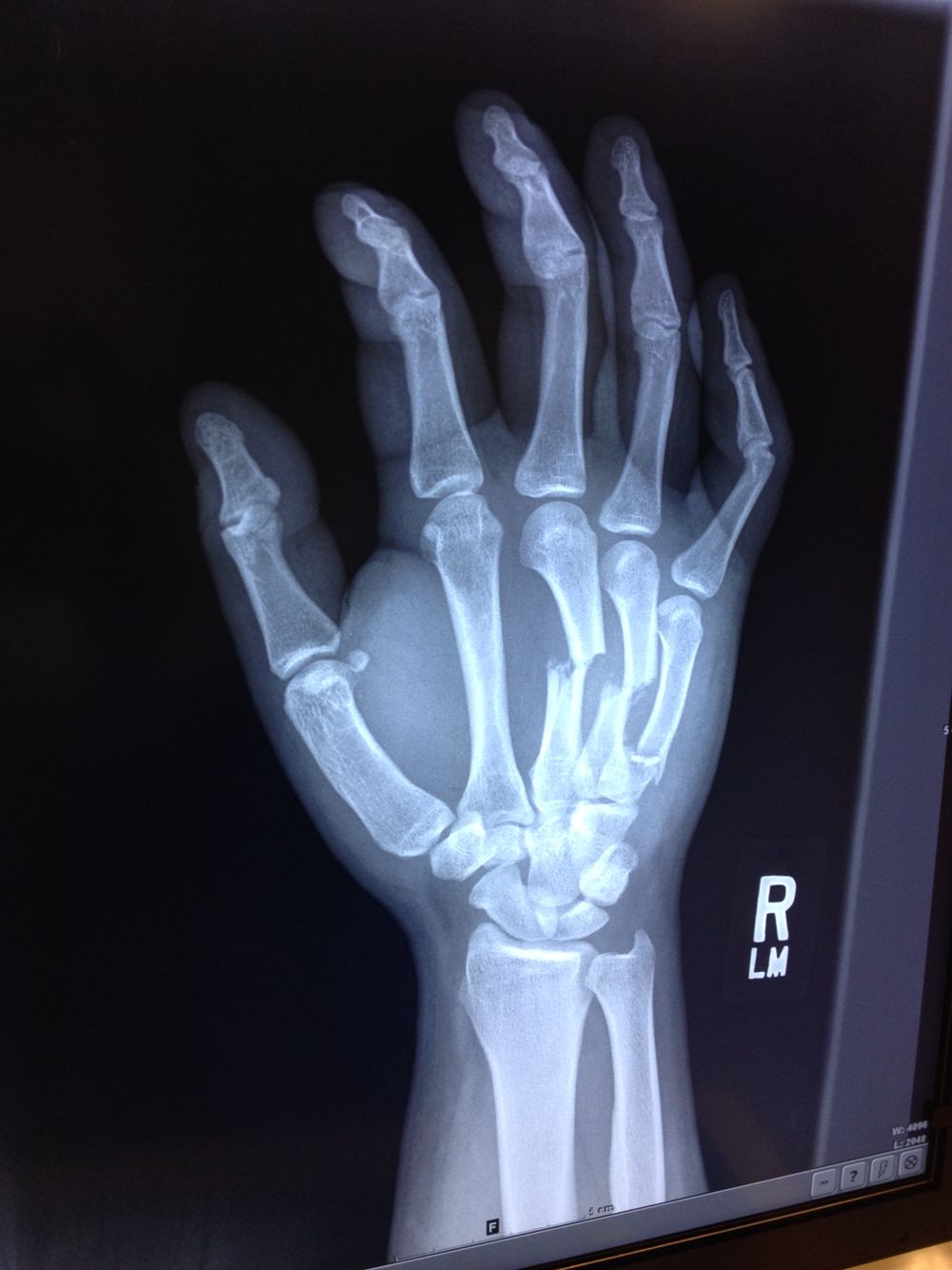
- Physical examination: The doctor will assess the hand’s appearance, range of motion, and sensitivity to touch.
- X-rays: These imaging tests provide detailed views of the bone structure, revealing fractures and their severity.
- CT scans: For complex fractures, a CT scan may be necessary to obtain a more comprehensive view of the injury.
- MRI: In some cases, an MRI may be used to evaluate soft tissue damage associated with the fracture.
How do doctors determine the severity of a hand fracture? By combining the results of physical examinations and imaging studies, medical professionals can assess the extent of the injury, including bone alignment, the presence of multiple fractures, and any damage to surrounding tissues.
Treatment Options for Broken Hands: From Conservative to Surgical Approaches
The treatment approach for a broken hand depends on the fracture’s type, location, and severity. Options may include:
Conservative Treatment Methods
- Immobilization: Using a splint or cast to stabilize the fracture and promote healing
- Pain management: Over-the-counter or prescription medications to alleviate discomfort
- Ice therapy: Applying cold packs to reduce swelling and pain
Minimally Invasive Procedures
- Closed reduction: Realigning bone fragments without surgery
- Percutaneous pinning: Inserting pins through the skin to hold bone fragments in place
Surgical Interventions
- Open reduction and internal fixation (ORIF): Surgically realigning bone fragments and securing them with plates, screws, or wires
- Bone grafting: Using bone tissue from another part of the body to repair severely damaged areas
What factors influence the choice of treatment? The decision depends on the fracture’s characteristics, the patient’s overall health, and their lifestyle requirements. Your hand surgeon will discuss the most appropriate options based on your individual case.
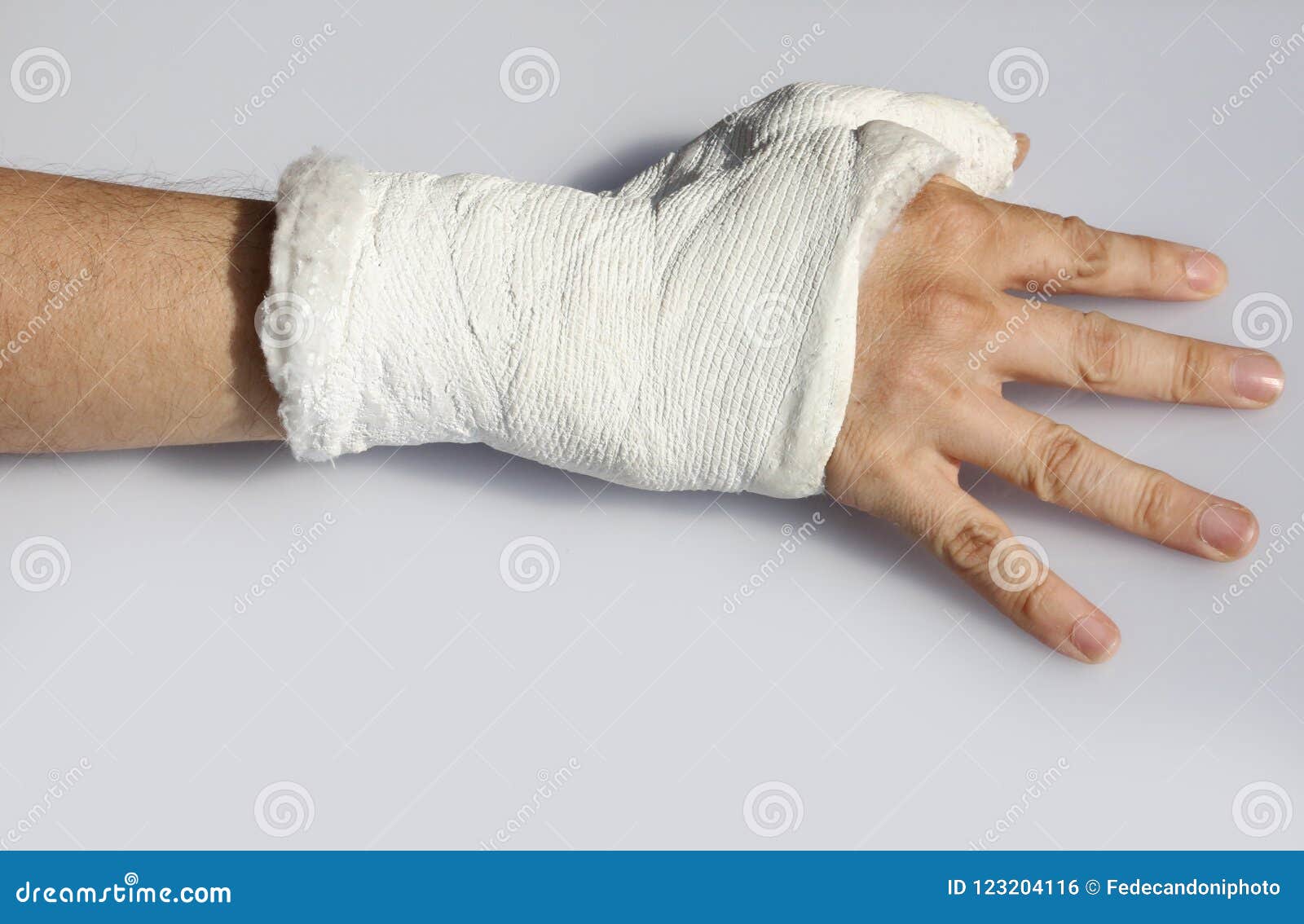
The Recovery Process: Timelines and Rehabilitation Strategies
Recovery from a broken hand is a gradual process that requires patience and dedication. The typical healing timeline includes:
- Initial healing (4-6 weeks): The bone begins to mend, and pain subsides
- Rehabilitation (6-12 weeks): Gradual return to normal activities and targeted exercises
- Full recovery (3-6 months): Regaining full strength and function
Rehabilitation plays a crucial role in restoring hand function and preventing complications. Common rehabilitation strategies include:
- Range of motion exercises
- Strength training
- Dexterity exercises
- Occupational therapy for specific tasks
How can patients actively participate in their recovery? Following your doctor’s instructions, attending all scheduled therapy sessions, and performing prescribed exercises at home are essential for optimal healing and functional restoration.
Potential Complications and Long-Term Effects of Hand Fractures
While most hand fractures heal successfully, some patients may experience complications or long-term effects, including:

- Stiffness and reduced range of motion
- Chronic pain or discomfort
- Malunion (improper bone alignment)
- Post-traumatic arthritis
- Nerve or blood vessel damage
- Infection (particularly in open fractures)
What can be done to minimize the risk of complications? Adhering to treatment plans, participating in rehabilitation, and maintaining overall health can help reduce the likelihood of long-term issues. Additionally, prompt treatment of any signs of infection or unusual symptoms is crucial.
Preventive Measures and Safety Precautions for Protecting Hand Health
While not all hand fractures can be prevented, taking certain precautions can help reduce the risk of injury:
- Wear appropriate protective gear during sports and high-risk activities
- Use proper technique and equipment when lifting heavy objects
- Maintain a safe work environment and follow safety protocols
- Strengthen bones through regular exercise and a calcium-rich diet
- Take steps to prevent falls, especially for older adults
How can individuals assess their personal risk for hand fractures? Consider factors such as age, occupation, lifestyle, and medical history. Consulting with a healthcare provider can help identify specific risk factors and develop personalized prevention strategies.

By understanding the causes, symptoms, and treatment options for broken hands, individuals can better protect their hand health and seek appropriate care when needed. Remember that early intervention and proper treatment are key to achieving optimal recovery and maintaining long-term hand function.
Broken Hand: Symptoms and Treatment
The bones of the hand serve as a framework. This framework supports the muscles that make the wrist and fingers move. When one of these hand bones is broken (fractured), it can prevent you from using the hand, wrist and fingers.
Many people think that a fracture is different from a break, but they are the same (see Figure 1). There can be different variations of a fracture, including:
- Stable fracture, when the bone pieces are aligned
- Unstable fracture, when there are bone fragments that have shifted
- Comminuted fracture, when the bone is shattered into many pieces
- Open (compound) fracture, when a bone fragment breaks through the skin. This causes risk of infection.
Figure 1
Examples of a broken hand, specifically the fingers
Figure 2
Examples of plates pins and screws used while a broken hand heals
Causes
A broken hand can occur when enough force is applied to a bone to break it.
Signs and Symptoms
Symptoms of a broken hand can include:
- Pain and stiffness
- Difficulty moving the hand, wrist and/or fingers
- Deformities such as a crooked finger (this is less likely)
Treatment
Medical evaluation and x-rays are usually needed for your doctor to diagnose the fracture and determine the treatment. Depending on the type of fracture, your hand surgeon may recommend one of several treatment methods.
A splint or cast may be used to treat a stable fracture Some unstable fractures, in which the bone has moved, may need to be set and then held in place with wires or pins. This is done without surgery. More serious fractures may need surgery to set the bone and hold the bone fragments together with pins, plates or screws (see Figure 2).
Sometimes, bone may be missing or be so severely crushed that it cannot be repaired. In such cases, a bone graft may be necessary. In this procedure, bone is taken from another part of the body.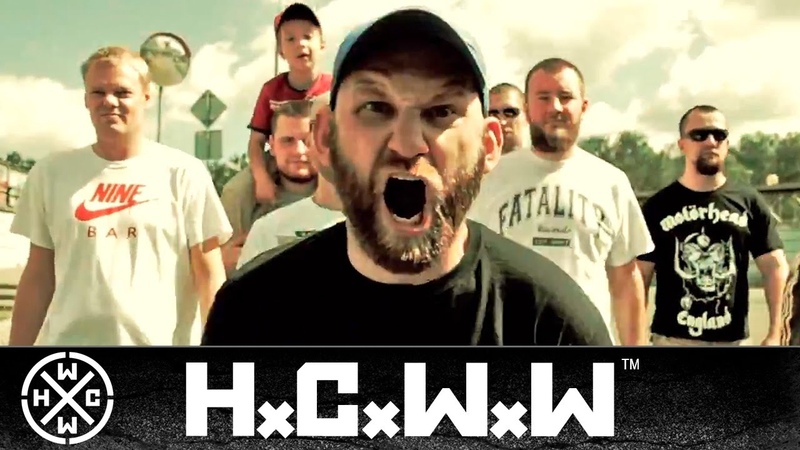
Recovery
Sometimes, a bony lump may appear at the spot of the broken bone during recovery known as a “fracture callus.” This is normal, and the lump usually gets smaller over time.
Some problems you may have while your broken hand is healing include:
- Stiffness
- Shifting of bone
- Infection
- Slow healing
To increase your chances of a healthy recovery, do not smoke, and carefully follow your doctor’s instructions. Your doctor may recommend hand therapy to improve the process.
It is important to note that not all fractures completely heal. Because bones have such a close relationship with ligaments and tendons, the hand may be stiff and weak even after the healing process. Some fractures may lead to arthritis down the road. In addition, fractures in children occasionally affect future growth of that bone.
© 2016 American Society for Surgery of the Hand
This content is written, edited and updated by hand surgeon members of the American Society for Surgery of the Hand. Find a hand surgeon near you
Find a hand surgeon near you
Broken Hand
Written by WebMD Editorial Contributors
- Broken Hand Symptoms
- Broken Hand Causes
- Broken Hand Diagnosis
- Broken Hand Treatment
- Follow-Up
- Broken Hand Prevention
- Broken Hand Outlook
- More
Every year, millions of people break bones in their hands. Because we do so much with our hands, even a small loss of function can cause lifelong problems. A broken hand often requires a visit to a doctor, and you may need months of rehabilitation care.
- Your hand is made up of 27 bones, including those in the wrist. Broken bones most often result from a direct blow to the hand or a fall onto the hand. Common injuries include fractures of the fingertip, or of the pinky side of the palm, or of the thumb.
- When doctors describe the bones in the hand, they use several terms.
- Carpals are the 8 bones in your wrist. They aren’t actually part of the hand but are key to the way it works.

- Metacarpals are the 5 bones that form the palm of your hand.
- Phalanges are the 14 small bones that, when strung together, form the thumb and fingers. The thumb has 2 phalanges. The other 4 fingers are made of 3 phalanges each.
- The knuckles of your hand are referred to as MCP joints. This stands for metacarpophalangeal joint (because the fingers, composed of phalanges, join the palm, made of metacarpals).
- The joints in your fingers are called the PIP and DIP joints. The PIP joint is the proximal interphalangeal joint and is the joint closest to the palm. The DIP joint is the distal interphalangeal joint and is the joint closest to the fingertip.
- Carpals are the 8 bones in your wrist. They aren’t actually part of the hand but are key to the way it works.
Most injuries of the hand are fairly obvious. The symptoms may include the following:
- Numbness
- Swelling
- Bruising
- Pain
- Misaligned fingers
- Weakness
- Not being able to grasp
- Reduced range of motion of fingers
When to seek medical care
Your hands are so key to everything you do that you should see a doctor right away for anything but the smallest hand injury. They can make sure there’s no permanent damage. They may refer you to the emergency department for diagnosis and treatment.
They can make sure there’s no permanent damage. They may refer you to the emergency department for diagnosis and treatment.
The most common causes of hand injuries include workplace injuries, improper use of tools, crush injuries, falls, and sports injuries. Most of these injuries can be prevented.
Most injuries of the hand will require an X-ray. Your doctor will ask how the hand was injured. This will help them figure out which bone is broken and how it broke: Is it a clean break straight across the bone? Is it broken into several pieces? Is it shattered?
The doctor will touch your fingers, hand, and wrist to figure out which areas hurt the most. It also helps them decide if there’s any damage to the blood vessels, nerves, or tendons in your hand.
Medical treatment
Because the hand is so complex, treatment of hand injuries can be involved. The procedure is usually as follows:
- The doctor may numb your hand with a shot at the wrist or at the base of a finger.

- They’ll check, wash out, and close up any wounds.
- They’ll use a splint to keep the injured part still and to hold it in a particular position.
- They may need to refer you to a hand specialist (orthopedic or plastic surgeon).
- You might need pain medicine to use for several days after the injury.
Home remedies
Generally, you should see a doctor for any hand injury, except the most minor ones. But simple first aid can help prevent further damage:
- Control any bleeding by placing a clean cloth or gauze pad over the wound.
- As soon as the injury happens, put ice on the injured area to ease pain and reduce swelling.
- Take off any jewelry right away. Your hand may swell dramatically, making it harder to remove later.
- Call your doctor. They’ll probably tell you to go to the emergency room for diagnosis and treatment.
After you leave the hospital or doctor’s office, take these steps to help your hand heal:
- Follow any instructions they give you.
 Ask questions about those you don’t understand.
Ask questions about those you don’t understand. - If they give you a splint, don’t remove it until the doctor says it’s OK.
- Take pain medicine as recommended. Often, a hand injury will throb all night, keeping you awake.
- Keep your hand elevated as much as possible. This will ease pain and swelling.
- Keep your follow-up appointments, and take all medicines as directed.
To prevent hand injuries on the job:
- Look for hand hazards before an accident happens.
- Don’t use your hands to wipe away debris in a machine. Instead, use a brush designed for that purpose.
- Check equipment and machinery before you start and after you finish. Be sure it’s in good condition.
- Before you repair or clean machinery, make sure the power is disconnected and follow all safety procedures.
- Don’t wear gloves, jewelry, or loose clothing when working near a machine with moving parts.
- Wear the correct protective equipment, such as gloves, guards, or forearm cuffs, for the work you’re doing.

- Be sure your gloves fit properly and are meant for the work you’re doing.
- Use appropriate safety equipment while playing sports to prevent or limit the extent of fractures.
- Hand and wrist guards are good for sports like rollerblading, lacrosse, and hockey.
- Sports that involve a ball (football, basketball, baseball, softball, volleyball) are more likely to cause hand injuries. Take special care when playing these games.
- Practice household safety measures, especially with small children, to cut the chances of all injuries, including those to the hands.
- Get your hand treated right away to prevent long-term disability.
- Avoid using your hands to punch, hit, or pound any objects in anger.
Hand injuries and finger injuries can affect everything you do, so it’s important that you get them thoroughly checked. Your outlook depends on whether the injury involves a joint, whether you lost tissue, if you get an infection, and how well you follow instructions. You may need surgery and physical therapy to regain the use of your hand after even a minor fracture.
You may need surgery and physical therapy to regain the use of your hand after even a minor fracture.
Top Picks
Fractures of the metacarpal bones – symptoms, diagnosis, treatment in NCC №2 (CCH RAS)
The metacarpal bones are located in the hand between the bones of the fingers and the bones of the wrist. Fractures of the metacarpal bones usually occur with direct impact – for example, hitting a hard object with a fist, falling on a hand. By localization, fractures of the base of the metacarpal bone (the most proximal part located near the bones of the wrist), the head of the metacarpal bone (near the metacarpophalangeal joints), and the diaphysis of the metacarpal bone (its middle part) are distinguished. Fractures can be both with displacement of bone fragments, and without displacement.
By localization, fractures of the base of the metacarpal bone (the most proximal part located near the bones of the wrist), the head of the metacarpal bone (near the metacarpophalangeal joints), and the diaphysis of the metacarpal bone (its middle part) are distinguished. Fractures can be both with displacement of bone fragments, and without displacement.
For fractures without displacement of bone fragments, conservative treatment in a plaster cast is indicated. In the presence of displacement and with unsatisfactory reposition (comparison of fragments), surgical treatment is necessary. This is due to the fact that such fractures can significantly affect the function of the hand (preservation of pain, reduced grip strength). Particular attention is paid to fractures of the metacarpal head, which is part of the metacarpophalangeal joint. Surgical treatment for fractures of the metacarpal bones with displacement of fragments contributes to the most rapid and complete restoration of the function of the hand.
Conservative treatment of metacarpal fractures
Fractures without displacement are treated in a plaster cast, which is applied for 4-6 weeks. At the end of this period, control images are taken to evaluate the results of treatment and exclude secondary displacement of fragments. After removing the plaster cast, there may be some movement restrictions in the metacarpophalangeal joints, which requires the development of movements with the help of special exercises, physical therapy. Conservative treatment is also possible with adequate reposition (comparison) of fragments in fractures with displacement.
Operative treatment of metacarpal fractures
If there is a displacement of the fragments along the length, width or angular deformation of the bone, then osteosynthesis is indicated – fixation of the fragments with a plate, screws or pins. . If the plate causes discomfort to the patient, it can be removed, but not earlier than after a year. However, in most cases, metal fixators are not removed. The pin is installed intramedullary (inside the medullary canal) for about 4-6 weeks. This fixator is removed according to the results of the control radiography – as the bone heals.
The pin is installed intramedullary (inside the medullary canal) for about 4-6 weeks. This fixator is removed according to the results of the control radiography – as the bone heals.
It is possible to fix fragments with pins through small skin punctures, if adequate closed reposition (comparison) of fragments is possible. The ends of the spokes usually protrude above the skin, but may also be immersed under the skin. These fixators are removed after the fracture heals, approximately 6 weeks after placement. The main advantage of this method is the absence of skin incisions during the operation. Regardless of the chosen method of fixation, the patient usually begins to develop movements in the joints of the fingers already a few days after the operation.
The final choice of the method of osteosynthesis remains with the attending physician, based on medical indications, the nature of the displacement of fragments, and the functional requirements for the hand.
After the operation, a plaster splint is applied for up to 2-3 weeks. Postoperative sutures (if any) are removed 14 days after surgical treatment, until this moment dressings are performed on an outpatient basis every other day. averages 3 months.
Postoperative sutures (if any) are removed 14 days after surgical treatment, until this moment dressings are performed on an outpatient basis every other day. averages 3 months.
The average hospital stay for a metacarpal fracture is 5 days.
Old malunion of metacarpal fractures
In case of incorrectly fused fractures of the metacarpal bones, which disturb the patient, cause inconvenience in life (pain, decreased grip of the hand, limitation of movements in the metacarpophalangeal joints), surgical treatment is also possible. However, in such situations, fixation of the bone is possible after osteotomy (uncoupling) of the incorrectly fused bone.
What is the steering knuckle of a car and why are its breakdowns dangerous?
08/07/2019
Author: Master Service
53267
Today we will conduct an educational program on the topic of the steering knuckle: what system it really belongs to, how and why it breaks, and how these breakdowns are eliminated.
Swivel fist.
Why you need a steering knuckle
The steering knuckle is a key element of the car’s front suspension, it turns the wheels: from the steering wheel, through the steering system, the force is transmitted to the turning mechanism, and then the knuckle turns the wheels at the desired angle.
Catalog of steering racks
Go to
Since the steering system is actively involved in the process, it belongs to the running system, but includes steering elements.
Steering knuckle layout.
How it works
The video shows how the steering gear interacts with the steering knuckle through the tie rods.
Steering knuckle and steering gear mechanism
The steering knuckle interacts with a set of parts.
What elements directly interact with the steering knuckle:
- strut is a shock-absorbing unit that connects the body to the wheels;
- ball bearings – this is the lower or upper fulcrum and attachment of the steering knuckle, which rotates around its axis.
 Without a ball joint, turning the wheel is impossible;
Without a ball joint, turning the wheel is impossible; - tie rod ends – the force is transmitted from the steering wheel to the steering mechanism, then to the steering rods, and from them to the steering knuckle;
- hubs – the central part of the wheel, in which there is a hole for the shaft, to transmit torque in the hub there is either a splined profile or a keyway.
Main breakdowns
The steering knuckle breaks extremely rarely, mainly from mechanical damage: in an accident or from hitting with a sledgehammer, when the auto mechanic incorrectly knocks out the hub bearing.
1. The thread of the mounting holes of the steering knuckle, through which it is connected to the caliper and other elements, is destroyed.
There should have been a thread here.
Symptoms: wheel clatter when driving on rough roads – suspension clatters in potholes. If you shake the wheel, you can find the play of the ball joints.
How to Repair: An auto mechanic turner turns a damaged thread on a lathe and then cuts a new thread.
2. Mechanical wear: over time, the seats and bushings of ball bearings, hub bearings, rods and tips are broken.
Hub bearing.
Symptoms: when the wheel bearing wears out, there is a hum and play of the wheel while driving.
How to repair:
- At the service station, the broken bushing is pressed out on a special hydraulic press, and then a new one is pressed in in the same way. The same procedure works with the bearing.
- If the ball joint is pressed in and the seat is loose, then a futor is pressed into it. Futorka is a sleeve or nut, which, in addition to the internal thread, also has an external one, for a threaded connection of a larger diameter. You can buy this futorka, or order a recess from a turner, he also reams the seat to a larger diameter.
- The top support is usually screwed through the top rod end pin.


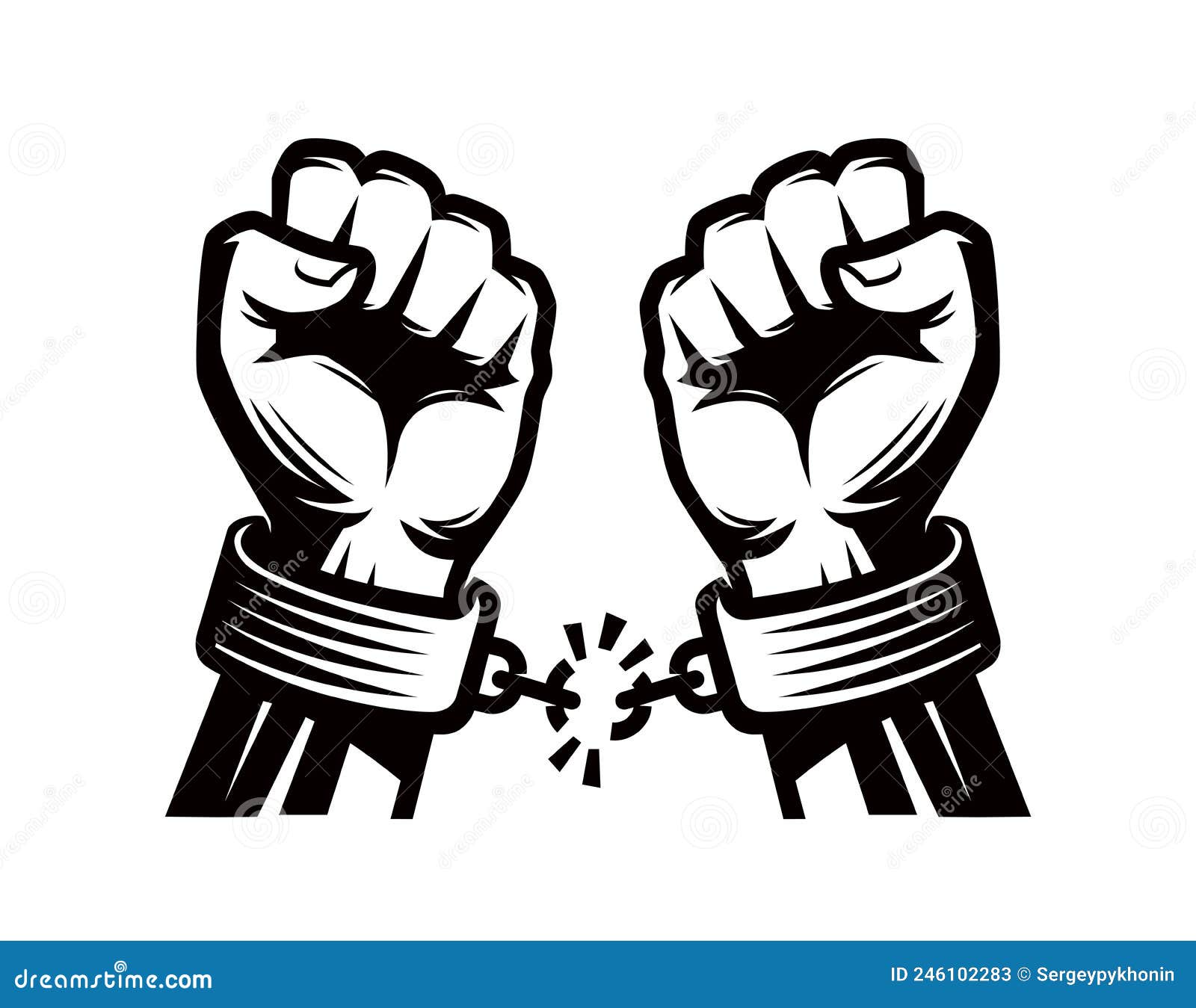

 Ask questions about those you don’t understand.
Ask questions about those you don’t understand.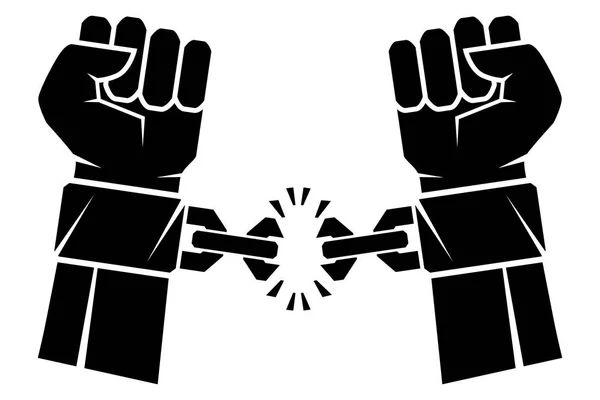
 Without a ball joint, turning the wheel is impossible;
Without a ball joint, turning the wheel is impossible;